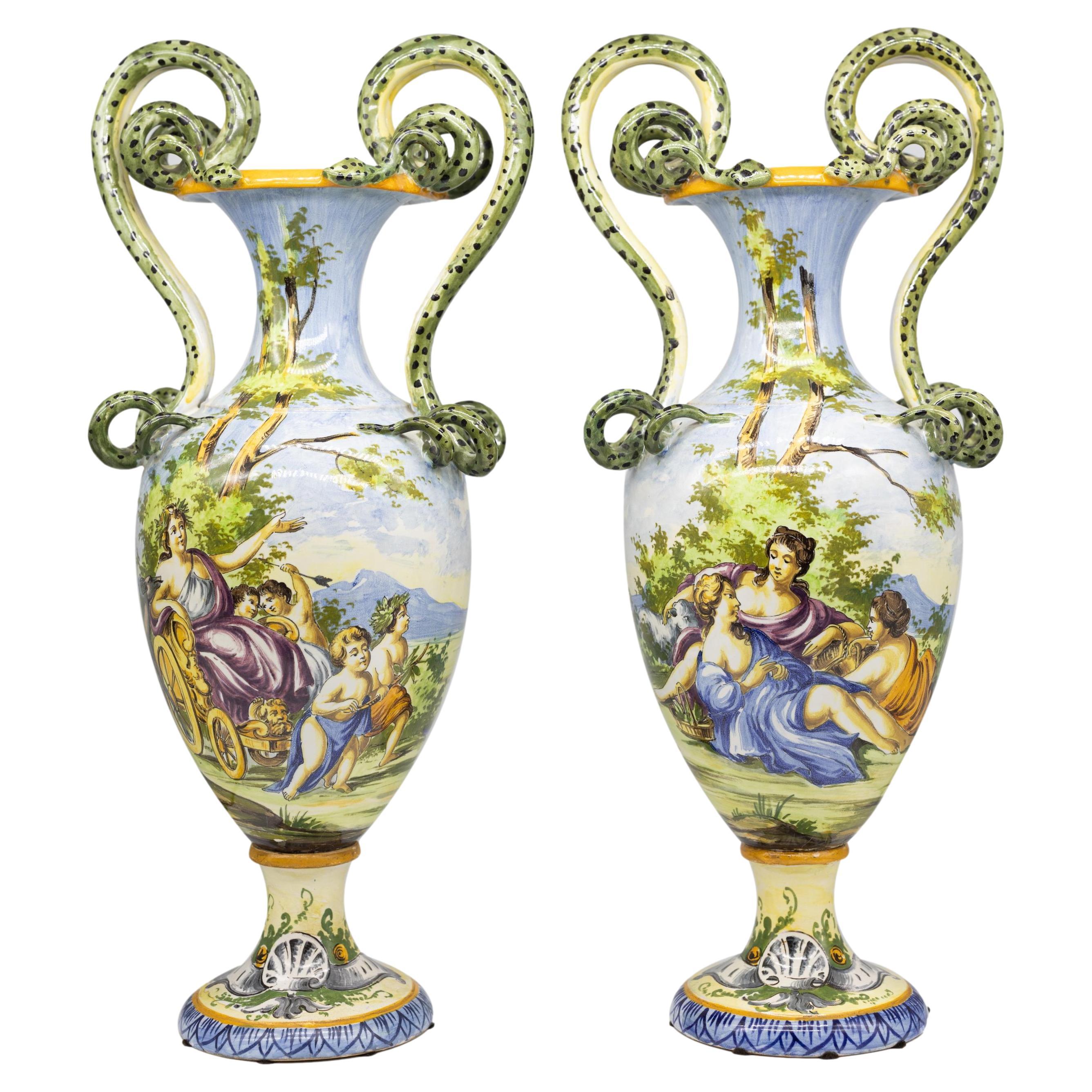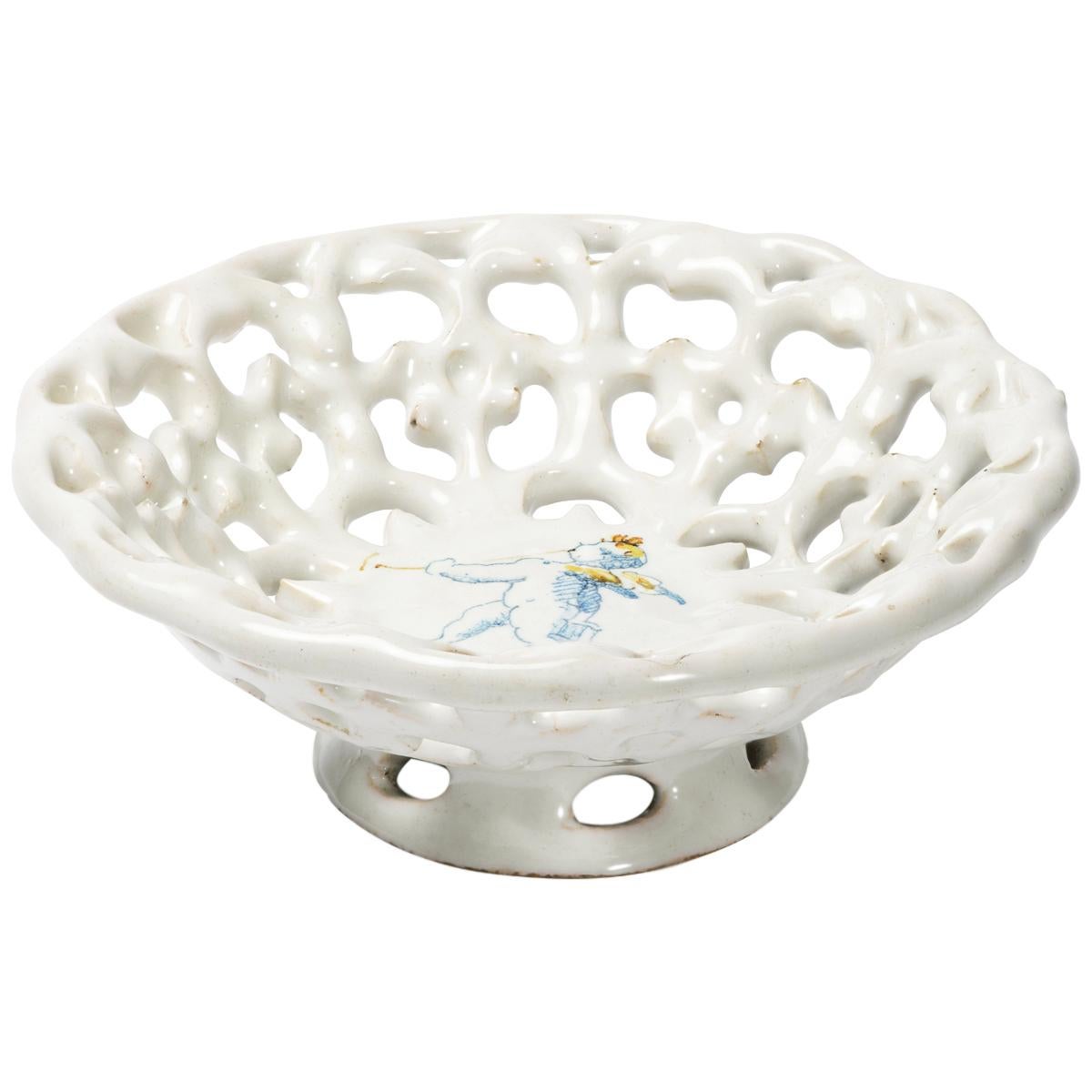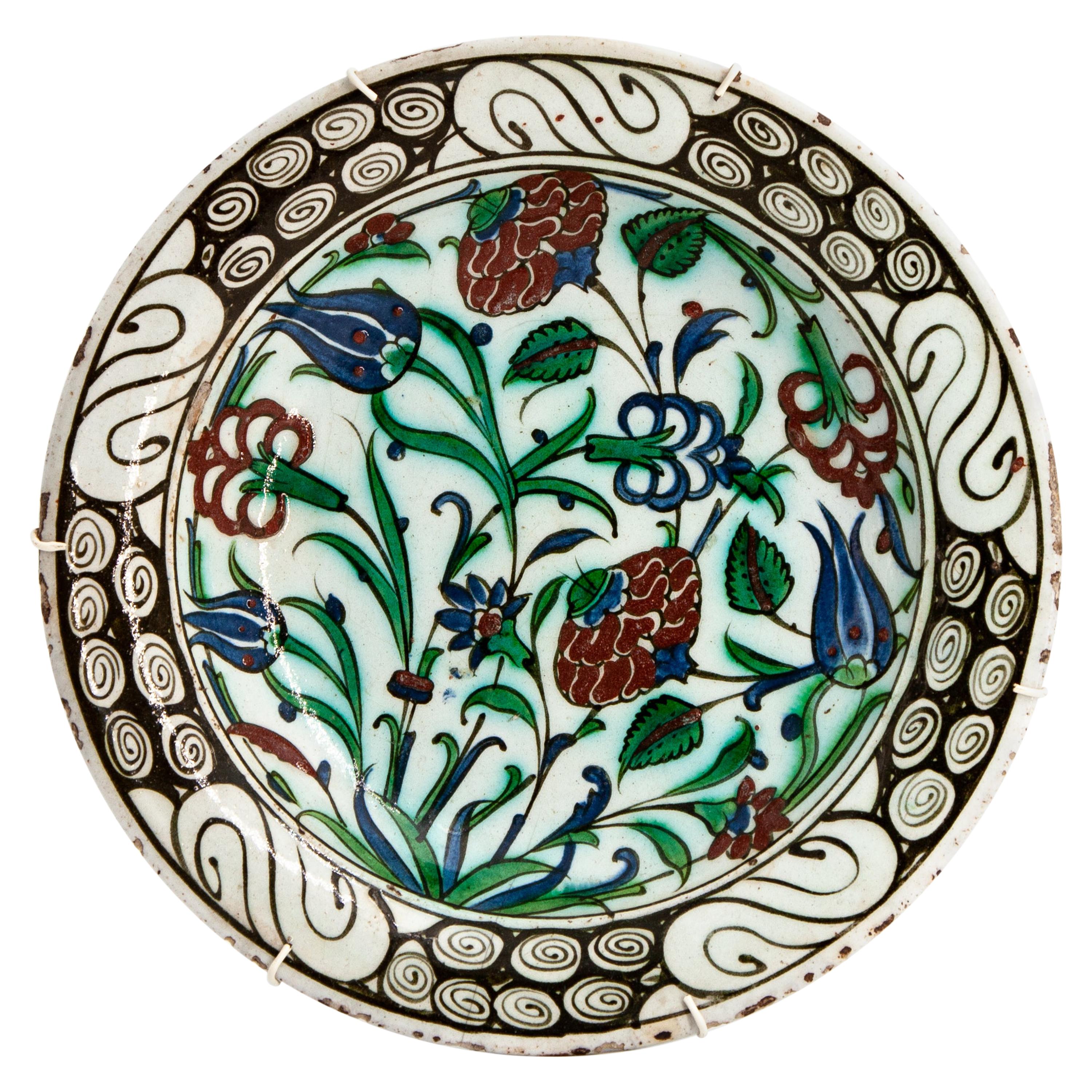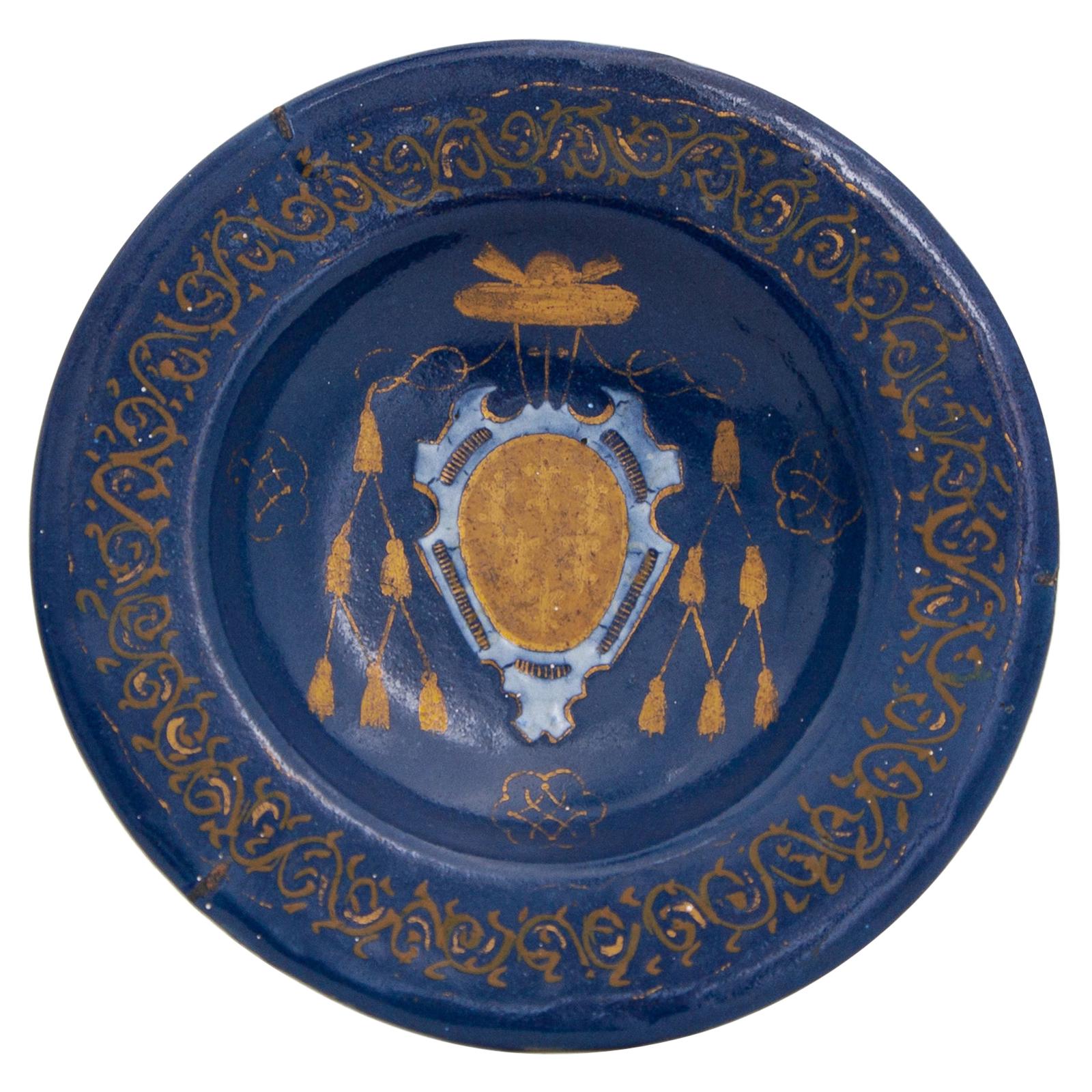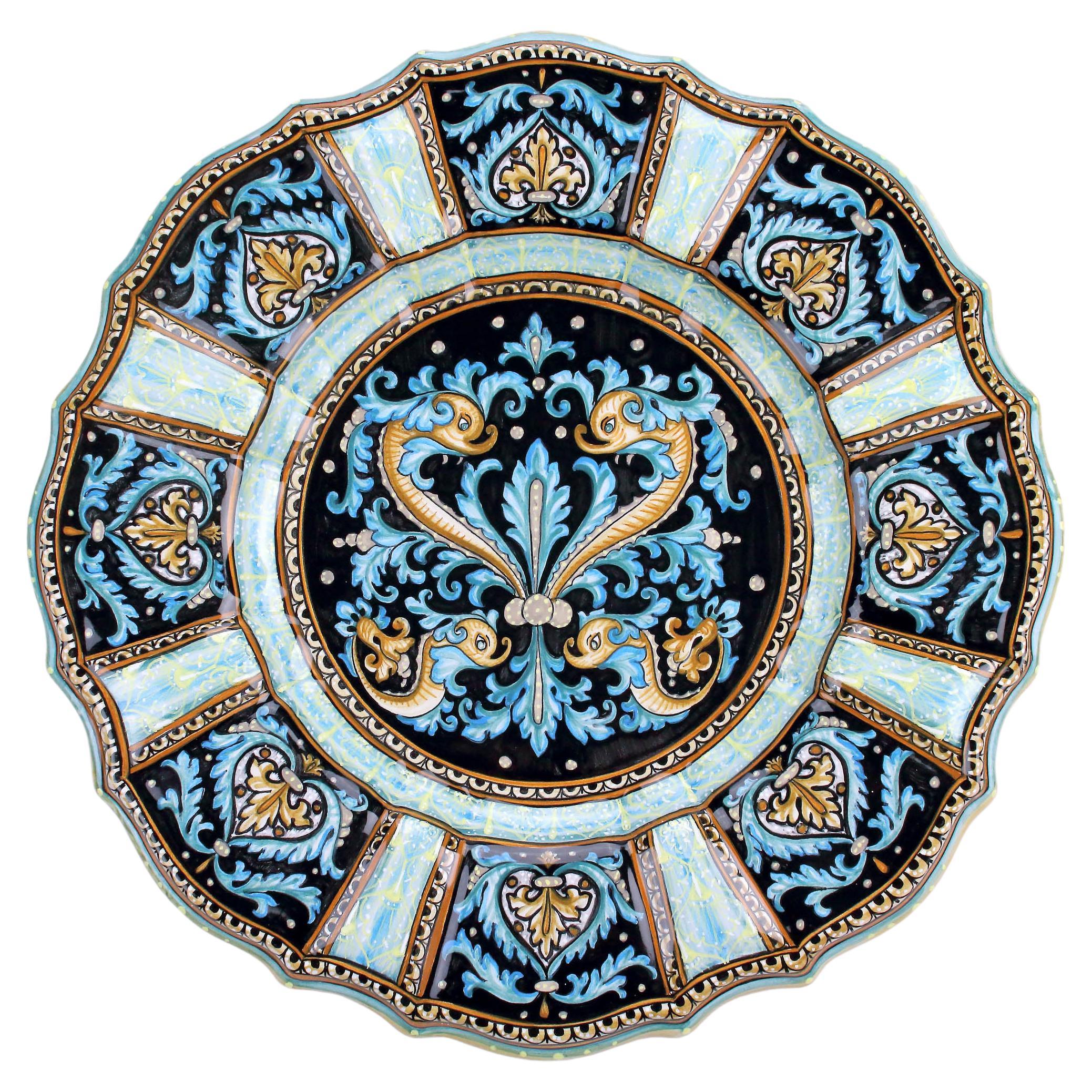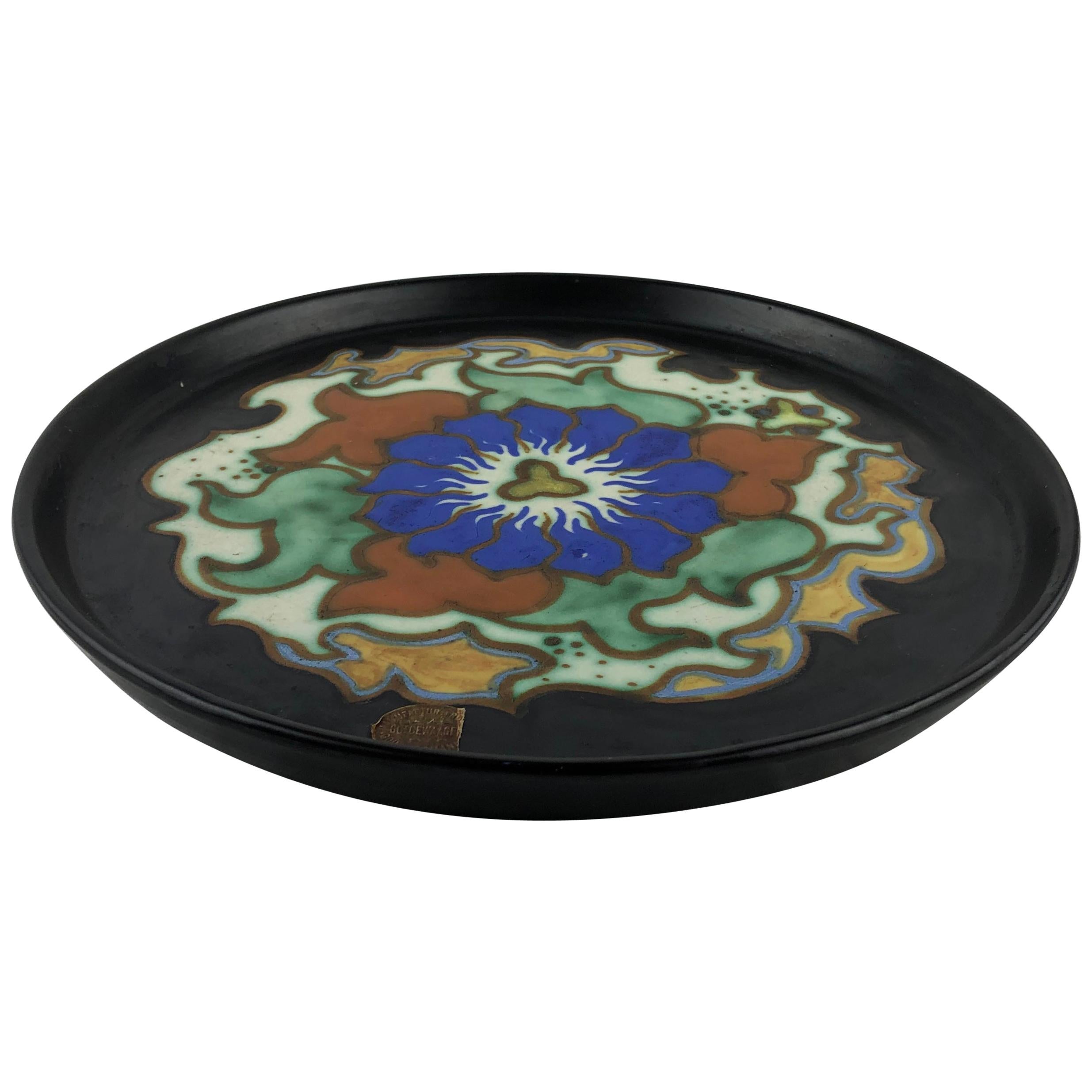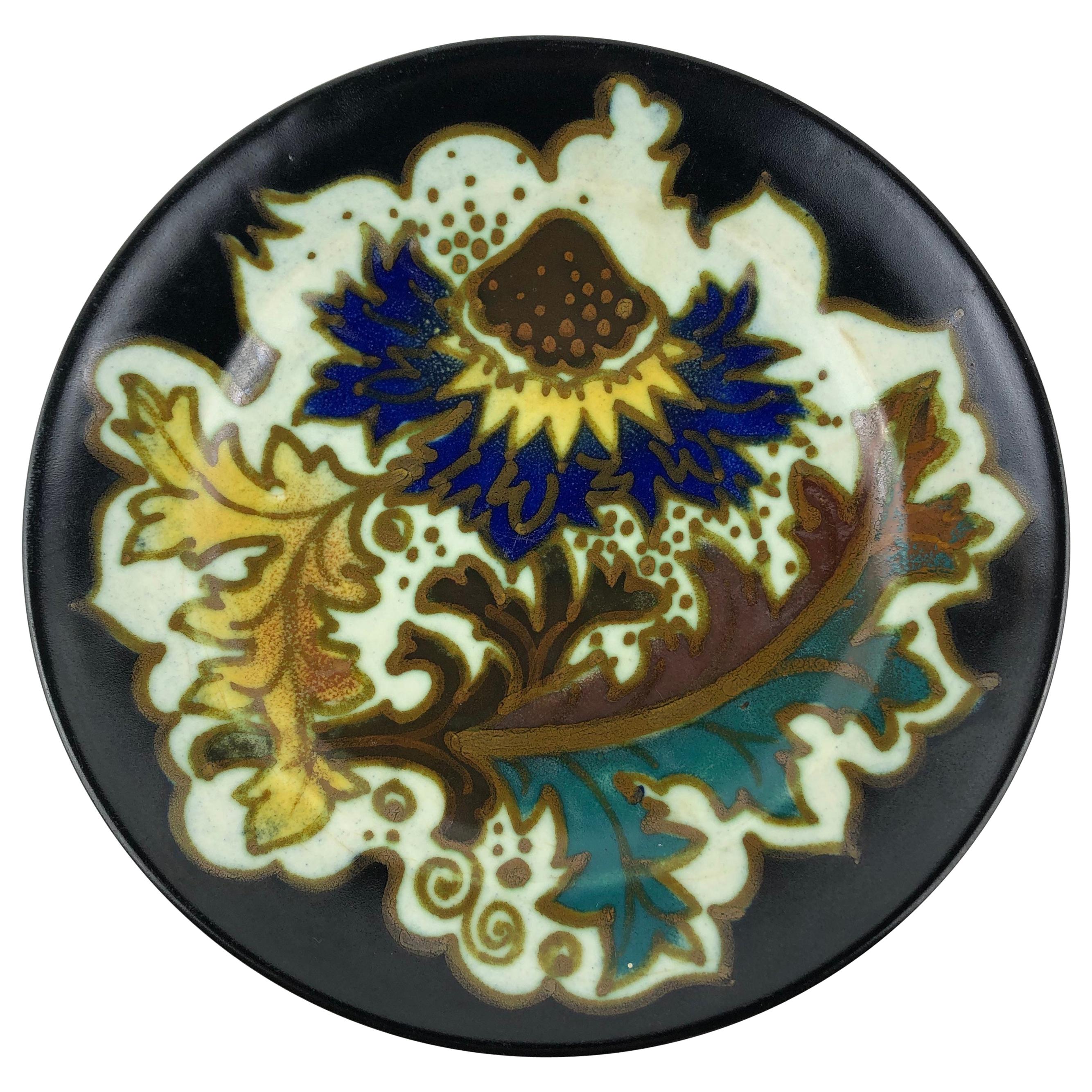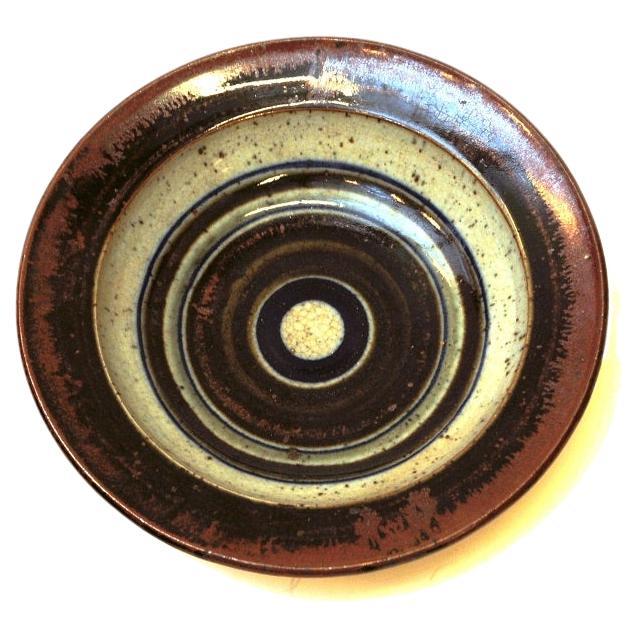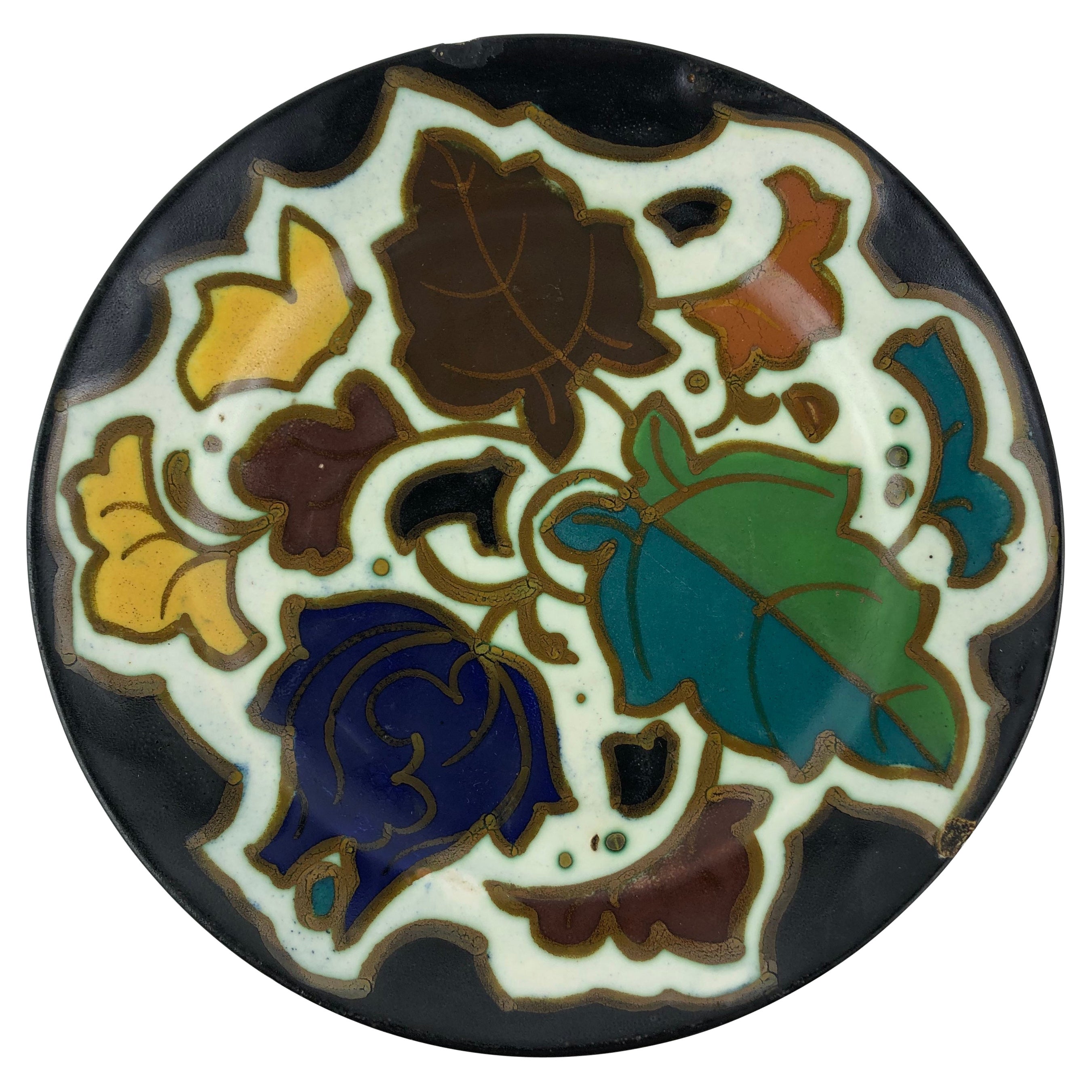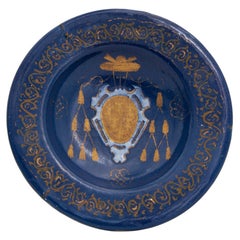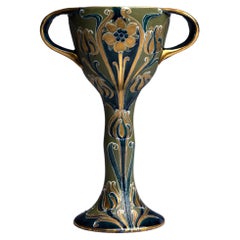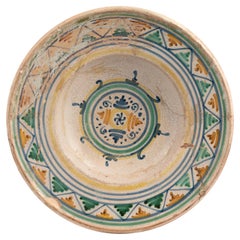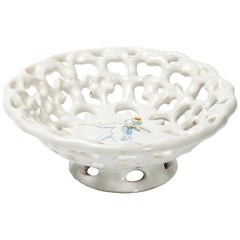
Italian Renaissance Maiolica Deruta Lustre Dish
View Similar Items
Video Loading
Want more images or videos?
Request additional images or videos from the seller
1 of 9
Italian Renaissance Maiolica Deruta Lustre Dish
About the Item
- Dimensions:Height: 0.75 in (1.91 cm)Diameter: 9.25 in (23.5 cm)
- Style:Renaissance (Of the Period)
- Materials and Techniques:
- Place of Origin:
- Period:
- Date of Manufacture:circa 1530
- Condition:Wear consistent with age and use. Minor losses. Very little wear to rim. Small rim loss measuring 0.8 cm.
- Seller Location:Fort Lauderdale, FL
- Reference Number:Seller: 2020.29.11stDibs: LU5643223232122
About the Seller
5.0
Vetted Seller
These experienced sellers undergo a comprehensive evaluation by our team of in-house experts.
Established in 2020
1stDibs seller since 2021
30 sales on 1stDibs
Typical response time: 6 hours
More From This SellerView All
- Early 17th Century Ottoman Empire Iznik Pottery DishLocated in Fort Lauderdale, FLAn Iznik pottery dish made in the first half of the 17th century and decorated with chrysanthemums and tulips. The rim features the rock and wave pattern. Under the direction of O...Category
Antique Early 17th Century Turkish Islamic Ceramics
MaterialsCeramic
- 16th Century Castelli Italian Maiolica Farnese alla turchina DishBy CastelliLocated in Fort Lauderdale, FLAn extraordinary azure maiolica dish in the Farnese service, made by Castelli d'Abuzzo between 1580 and 1589. In the peak of the High Renaissance, Cardinal Alessandro Farnese commissioned a dinner service from the Castelli maiolica...Category
Antique 16th Century Italian Renaissance Decorative Art
MaterialsMaiolica
- William Moorcroft Green and Gold Florian Ware GobletBy William MoorcroftLocated in Fort Lauderdale, FLA decorative pottery goblet created by William Moorcroft for James MacIntyre & Co. in 1903. This goblet is part of William Moorcroft's Green and Gold...Category
Early 20th Century English Art Nouveau Ceramics
MaterialsEarthenware
- Daisy Makeig-Jones Wedgwood Ruby Lustre Butterfly BoxBy Wedgwood Fairyland Lustre, Wedgwood, Daisy Makeig-JonesLocated in Fort Lauderdale, FLA ruby lustre box with mother-of-pearl lustre interior and decorated with polychrome butterflies in gold, designed by Daisy Makeig-Jones circa 1920. This ...Category
Vintage 1920s English Art Nouveau Decorative Boxes
MaterialsCeramic, Luster, Porcelain
- Red and Gold Lustre Vase by William S. Mycock for Pilkingtons Royal LancastrianBy Pilkington's Royal Lancastrian Pottery Company, William S MycockLocated in Fort Lauderdale, FLWilliam S. Mycock for Pilkingtons Royal Lancastrian Pottery, a vase in stunning gold and ruby lustre glazes, created in 1920 in the dawn of the Art D...Category
Vintage 1920s English Art Deco Vases
MaterialsEarthenware
- English Victorian Majolica Game Pie Dish Made by Minton & Co.By MintonLocated in Fort Lauderdale, FLA majolica game pie dish made by Minton & Co. in 1874. The dish takes the form of a wicker basket and is covered with oak leaves, acorns, vines,...Category
Antique 1870s English Victorian Serving Pieces
MaterialsEarthenware, Majolica, Pottery
You May Also Like
- A Deruta Maiolica Dish Early 16th CenturyLocated in Firenze, ITSHIPPING POLICY: No additional costs will be added to this order. Shipping costs will be totally covered by the seller (customs duties included). The centre painted with archaic de...Category
Antique 16th Century Italian Renaissance Ceramics
MaterialsMaiolica
- Pair of Italian Maiolica Vases, Coiled Snake Handles, Ca. 1880By CapodimonteLocated in Banner Elk, NCPair of Italian Maiolica Vases, of baluster form, with polychrome Renassance style decptions, on pedestal bases, with large molded and applied snakes forming the handles, the reverse...Category
Antique Late 19th Century Italian Renaissance Revival Ceramics
MaterialsMaiolica
- Ancient Italian Renaissance Maiolica Crespina, Faenza, 1580 CircaLocated in Milano, ITCrespina Faenza, last quarter of the 16th century Maiolica painted in two colors, light blue and yellow, on a thick, rich layer of white enamel. It measures 2.24 in (5.7 cm) in height, 6.10 in (15.5 cm) in diameter. lb 0.55 (kg 0.25) State of conservation: mimetic restoration. The small cup has a raised central “umbone”, a perforated brim and a shaped rim. It rests on a high jutting foot. The "crespina" shape, in some inventories is cited as "tacce de frute" (fruit cups). It was particularly appreciated in the Renaissance and has variants based on the formal types and the different sizes. The decoration, made according to the dictates of the “compendiario” style, used few standardized colors: blue and yellow on a thick white and shiny enamel, deliberately chosen as the colour which was most reminiscent of silver. This choice derived from a trend in creative design of the era: the shapes used in the molds were often taken from metal objects. An idea which would last throughout the Renaissance. The work shows, in the middle of the “umbone”, a winged putto stepping forward while playing a long thin trumpet. The depiction of the putto is fully representative of the repertoire of the Faenza workshops of the sixteenth century. Some specimens with this type of decoration have been published in a volume by Carmen Ravanelli Guidotti: there appears the whole productive repertoire of this fundamental moment of transition between the taste for the “istoriato” style and the great simplification of decoration in the “compendiario” period. This style, in its simplicity, however, saw its expression in a rather varied collection of decorative subjects, including old-fashioned busts...Category
Antique 16th Century Italian Renaissance Ceramics
MaterialsMaiolica
- Antique Continental Maiolica Moulded Lustre Figural Wall Plaque / DishLocated in Bishop's Stortford, HertfordshireA superb antique relief moulded Continental Maiolica dish or plaque relief moulded with a side profile portrait of a figure wearing a military helmet and with the words DUX D'URBINUS...Category
Antique 19th Century European Decorative Dishes and Vide-Poche
MaterialsEarthenware, Maiolica
- Large Decorative Plate Majolica Wall Dish, Centerpiece Hand Painted Italy DerutaBy deBlonaLocated in Recanati, ITOur ceramic plate "Mediterranean Nuances" is handmade and hand-painted in Italy: realized in majolica painted in polychrome, it is characterized by elegant decorative motifs of the Deruta tradition colored with different variations of blue and brown tones following the original Renaissance painting technique. The particular shape of this dish is traditionally called "a priest's hat". This majolica can be exposed as an centerpiece or it can be used as a fancy wall dish...Category
21st Century and Contemporary Italian Renaissance Decorative Art
MaterialsCeramic, Majolica
- Majolica Plate Centerpiece Ceramic Wall Dish Hand-Painted Dolphins Deruta ItalyBy deBlonaLocated in Recanati, ITMajolica dish hand made and hand-painted in Deruta, Italy, according to the original Renaissance painting technique. The dish is enriched by the presence of four metamorphic dolphin-...Category
21st Century and Contemporary Italian Renaissance Ceramics
MaterialsCeramic, Majolica
Recently Viewed
View AllMore Ways To Browse
Hand Made Pottery
Antique Hand Painted Pottery
Small Glass Dish
Spanish Renaissance Furniture
Renaissance 15th
Italian Renaissance Light
Antique Glass Lustres
Islam Ceramics
Italian Renaissance 15th
Italian Renaissance 15th Century
Italian Dish Light
Antique Italian Hand Painted Ceramics
Antique Hand Painted Italian Ceramics
Islamic Light
Italian Brown Glass Dish
Italian Lustre
Iridescent Pottery
Antique Lustre Pottery

